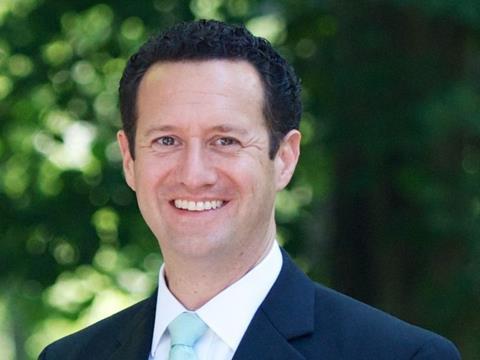
In this comment piece, John Blake, Senior Director Analyst, Gartner Supply Chain Practice, looks at the potential and wider impacts of Amazon's frustration free packaging programme.
Back in 2019, Amazon announced the first edition of its Frustration-Free Packaging (FFP) certification programme, which required certain larger, non-sort items to either meet specific packaging requirements or face chargebacks. In 2021, Amazon decided to take the next step. The expanded programme, unveiled in June, now addresses much smaller items and offers financial incentives if vendors meet certain requirements such as Ship in Own Container (SIOC) or being recyclable.
A lot has changed since 2019, and the e-commerce business has been growing tremendously – especially so during the pandemic. This resulted in more packaging ending up in consumer households and more consumers asking themselves if all of this is necessary from a sustainability perspective. The time was right for the next step and the prospect of financial incentives is a great opportunity for packaging leaders to start a new round of discussions within their organizations.
The changed consumer
Already with the initial program that was focused on the chargebacks, we’ve heard from organizations that had calculated the additional cost and went to their marketing department, informing them about the necessary changes. Often, there was pushback, because marketing didn’t want to change a working and approved packaging experience just to comply with the Amazon initiative.
Now, some years later, it’s time for a new conversation because consumers have changed. First, the sustainability aspect is now much stronger. If it contributes to overall waste reduction and greenhouse gas reduction, many consumers are happy to adjust their expectations – especially if it results in less waste for themselves.
Second, research suggests that consumers rate the importance of packaging differently, depending on the occasion. If you buy something for yourself or your household, elaborate packaging isn’t as important as when you buy something as a gift.
One idea could be to give consumers a choice of the packaging they want – not only in e-commerce, but across all channels. In this area, there’s still a lot to be done. Packaging leaders must work with consumer research, designers and marketing to continuously improve customer fulfilment by reducing damages, improving the unboxing experience and lessening packaging’s impact on the environment.
New programme, new world, new opportunities
When Amazon prompts organizations to make changes, the changes tend to go far beyond Amazon. Especially for smaller companies it doesn’t make sense to only use FFP-certified packaging in one channel, but not the others. For leaders, coupling improved packaging with cost optimization targets and sustainable packaging goals can lead to increased stakeholder engagement and the initiation of new programs. The rising costs of packaging and commodity shortages, together with an increasing awareness of packaging waste, has elevated the importance placed on packaging. Now, combined with the new incentives from Amazon, supply chain and packaging leaders can drive a higher level of urgency and prioritization regarding ecommerce packaging.
Right now, the new FFP initiative is only rolled out in the U.S, but according to Amazon, will be expanded to Europe later this year.



















